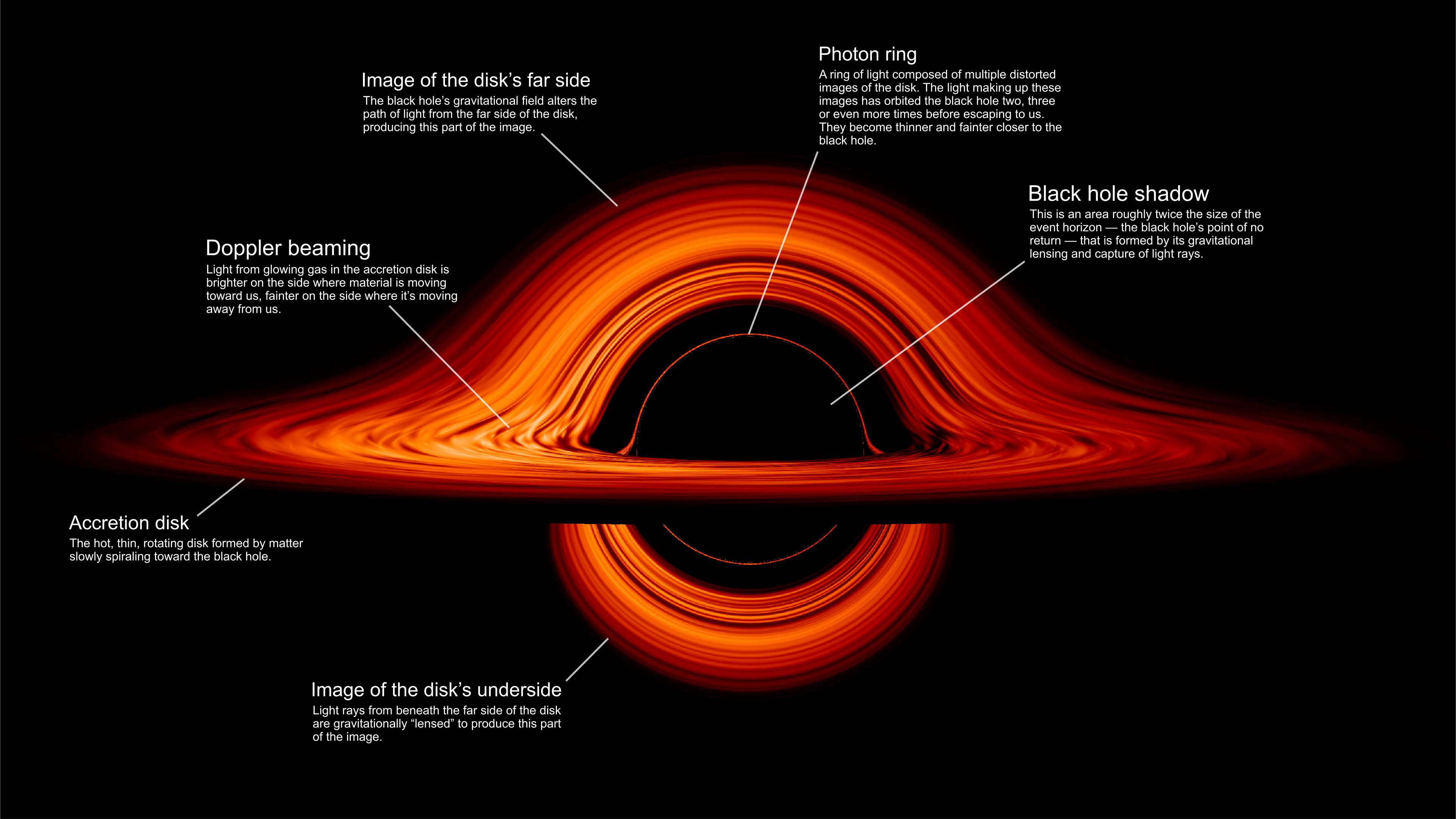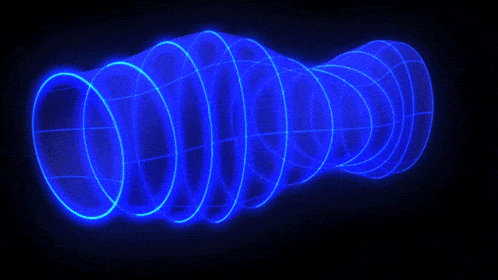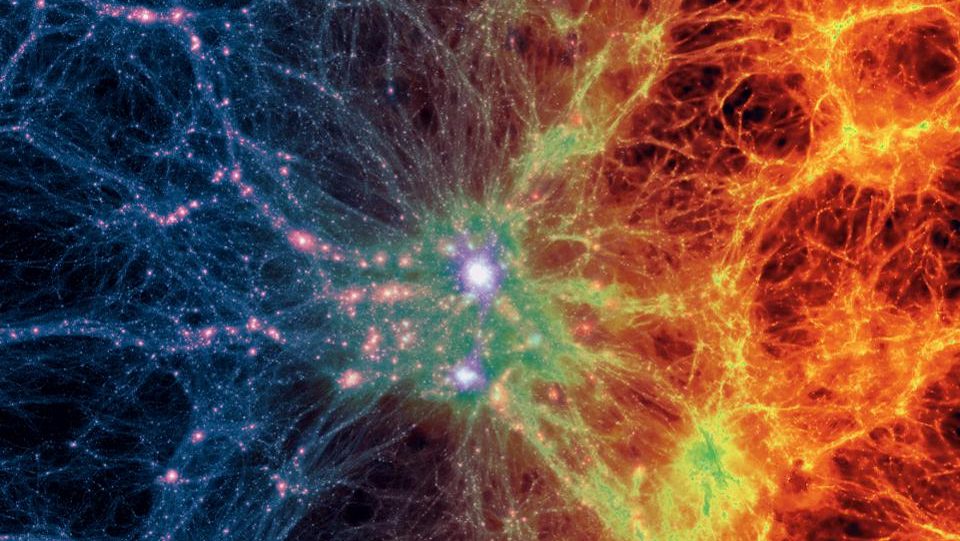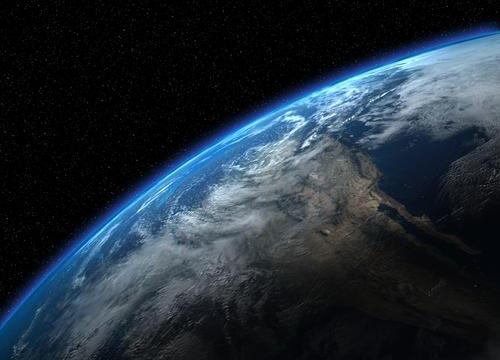How the First Black Holes Were Born
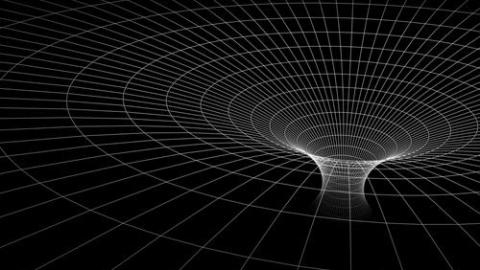
What’s the Latest Development?
A powerful computer simulation has shown researchers that supermassive black holes, with masses billions of times greater than our sun, did exist at the dawn of the universe, while most others took over 13 billion years to develop. The explanation has to do with the feeding system of black holes: The thin stream of gas that contributes to a black hole’s mass is typically heated up by surrounding gases, but this wasn’t the case in the early universe. The formation of the earliest supermassive black holes relied on this diet of cold gas.
What’s the Big Idea?
Cosmologists believe that supermassive black holes typically develop when two galaxies collide, merging the black holes at both their centers. But hundreds of millions of years after the big bang, matter was still so spread out that existing stars and galaxies were relatively small, which would imply that black holes were equally small. Now that scientists know how supermassive black holes formed, they may have an insight into how the first large galaxies were brought together, drawn in by the gravity of these first supermassives.
Photo credit: shutterstock.com
